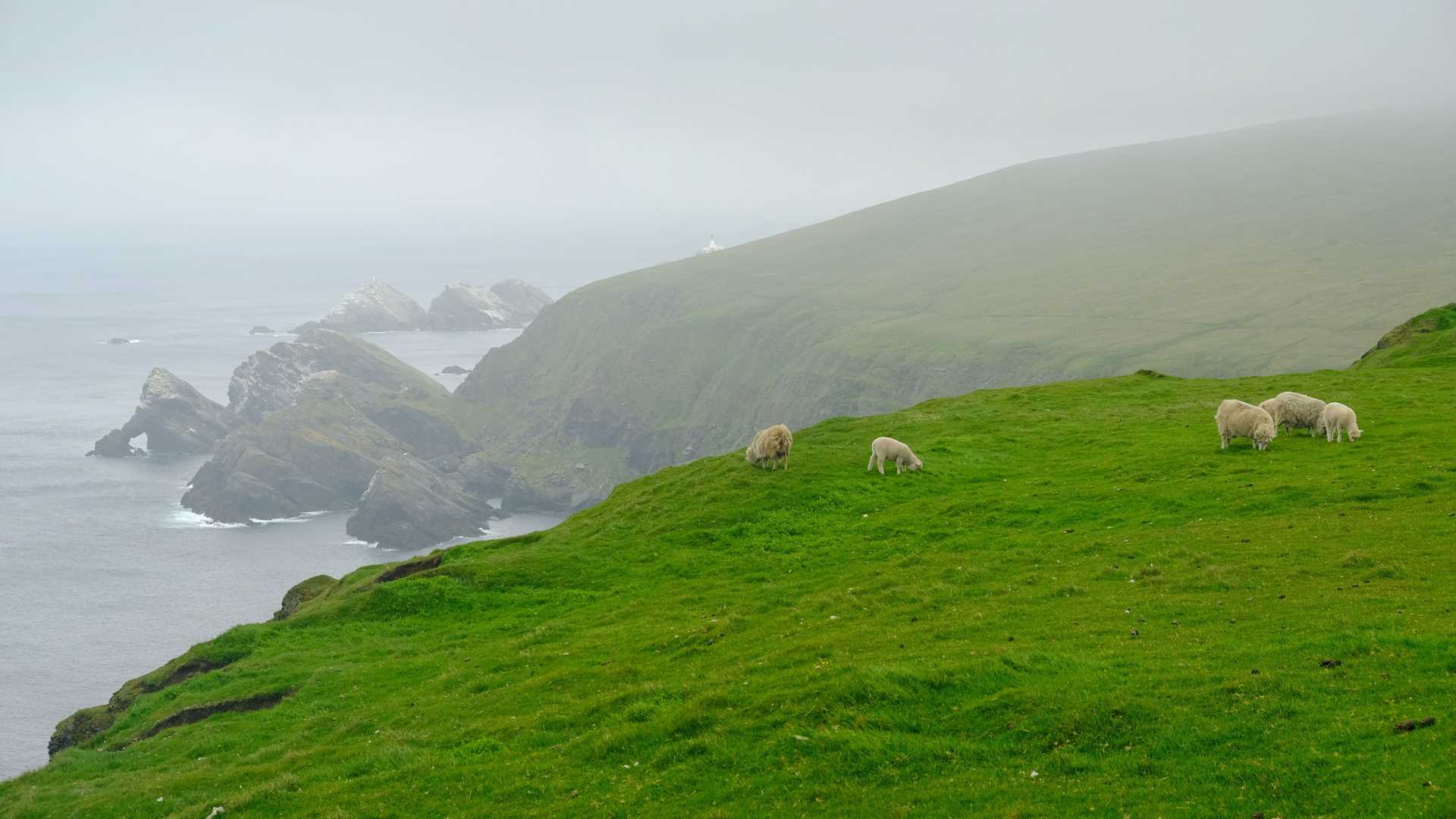This morning we arrived to Unst, which is about 200 miles west of Norway and the most northerly island of the Shetlands and all the British Isles. Dozens of Viking longhouses have been found here; we were able to see replicas of a Viking ship and a Viking longhouse. While many of us had a tour of Unst’s highlights, another group went birdwatching in Hermaness National Nature Reserve.
5/23/2025
Read
National Geographic Explorer
Aberdeen
Blue skies, a comfortable temperature, and a gentle breeze accompanied guests as they enjoyed visiting the beautiful Aberdeenshire countryside and the city of Aberdeen. As guests disembarked for their morning activities, a lone piper played traditional tunes at the foot of the gangway, a very warm greeting to Aberdeen that further enhanced our overall Scottish experience. While some guests had the opportunity to visit Highland Cattle and Scottish Blackface sheep at a nearby farm, others were able to spend a wonderful morning at either Drum Castle or Crathes Castle. Castle visits included a guided tour of these fortified homes and were followed with independent time, during which guests enjoyed walking through the beautiful gardens and woodlands. For those guests that participated in the city tour of Aberdeen, the sunny conditions highlighted the ornate structures of the Granite City, so named because many of the buildings are constructed of the rock that is found in the hillsides surrounding the city. A glorious morning was enjoyed by all in this remarkable city and its surroundings.







